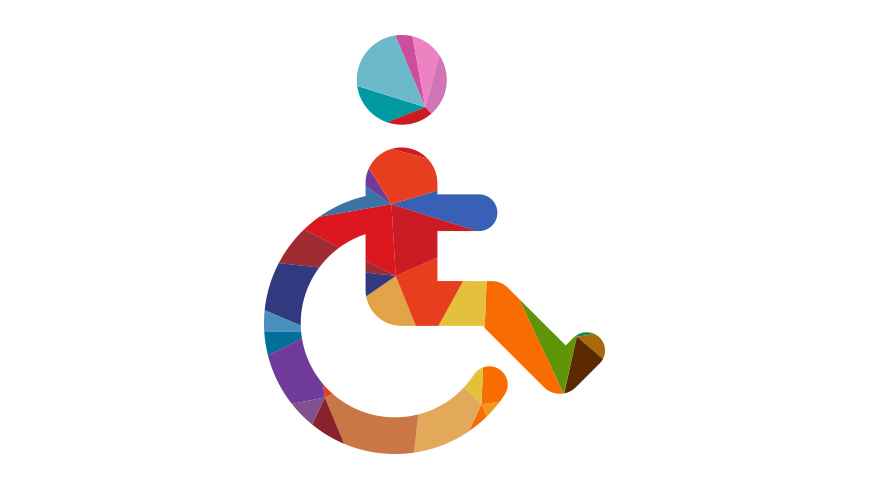Accessibility Testing—New Feature Announcement
Last Edited October 23, 2015 by Super User in Accessibility Testing

DYNO Mapper, a software that’s dedicated to monitoring a website’s health in order to assist administrators of large (and even small) networks to diagnose issues in order to provide a stellar user experience, has recently launched a new version of their software that offers much more than past versions—including a website accessibility testing feature.
Accessibility testing will often check WCAG 2.0, WCAG 1.0 and Section 508 standards. The file formats that are checked for accessibility include HTML, CSS, JavaScript, PDF, GIF and Flash. Essentially, web accessibility testing is a subset of usability testing where the users under consideration have disabilities that affect how they use the web. The end goal—in both accessibility and usability—is to discover how easily people can use a website and feed that information back into improving future designs and implementation. This is key to the success of any website.
Accessibility evaluation is more formalized than usability testing, but it is also important to distinguish between complying with a standard and maximizing the accessibility of a website. Ideally, the two would be the same, but any given standard may fail to address the needs of people with all disabilities, balance the needs of people with differing disabilities, match those needs to optimal techniques and use clear language to express needs or techniques.
An accessible website is a website that everyone can use. In 1998, United States Congress amended the Rehabilitation Act of 1973 to strengthen the provisions of section 508, protecting online access to information that is provided by the Federal government to individuals with disabilities. Recently, the U.S. Access Board has refreshed its standards to use WCAG 2.0, which is the international standard for web accessibility. Thus, all government websites and higher education will need to become WCAG 2.0 compliant by early 2016.
Now, while accessibility is important for individuals with disabilities, everyone with a website should be concerned with accessibility as well as an exceptional user experience. After all, the Internet plays a major role in everyday life, regardless of whether we are browsing the web via a mobile device, laptop or desktop computer—and because of this is becoming more and more important.
This is why websites nowadays need to perform regular accessibility testing to ensure they are up to par with today’s accessibility standards; one of the main reasons for DYNO Mapper’s latest software update. While there are a number of ways to make sure your website is accessible to all users, a sitemap generator like DYNO Mapper can help monitor your website’s health on a regular basis.
Additional features that DYNO Mapper offers include a sitemap generator that integrates analytics data, content audits and inventory, keyword tracking and accessibility testing. It gives creatives and IT the insight necessary to make quick and informed decisions about content strategy, information architecture planning and quality assurance. The software is currently offering a free 14-day trial.
Create Visual Sitemaps
Create, edit, customize, and share visual sitemaps integrated with Google Analytics for easy discovery, planning, and collaboration.
Popular Tags
Search Engine Optimization SEO Accessibility Testing Create Sitemaps Sitemaps UX User Experience Sitemap Generator Content Audit Visual Sitemap GeneratorGet Started with DYNO Mapper
Join thousands of professionals using the most advanced visual sitemap tool to simplify discovery, IA, and content planning.
👉 Start Your Free Trial — No credit card required.


